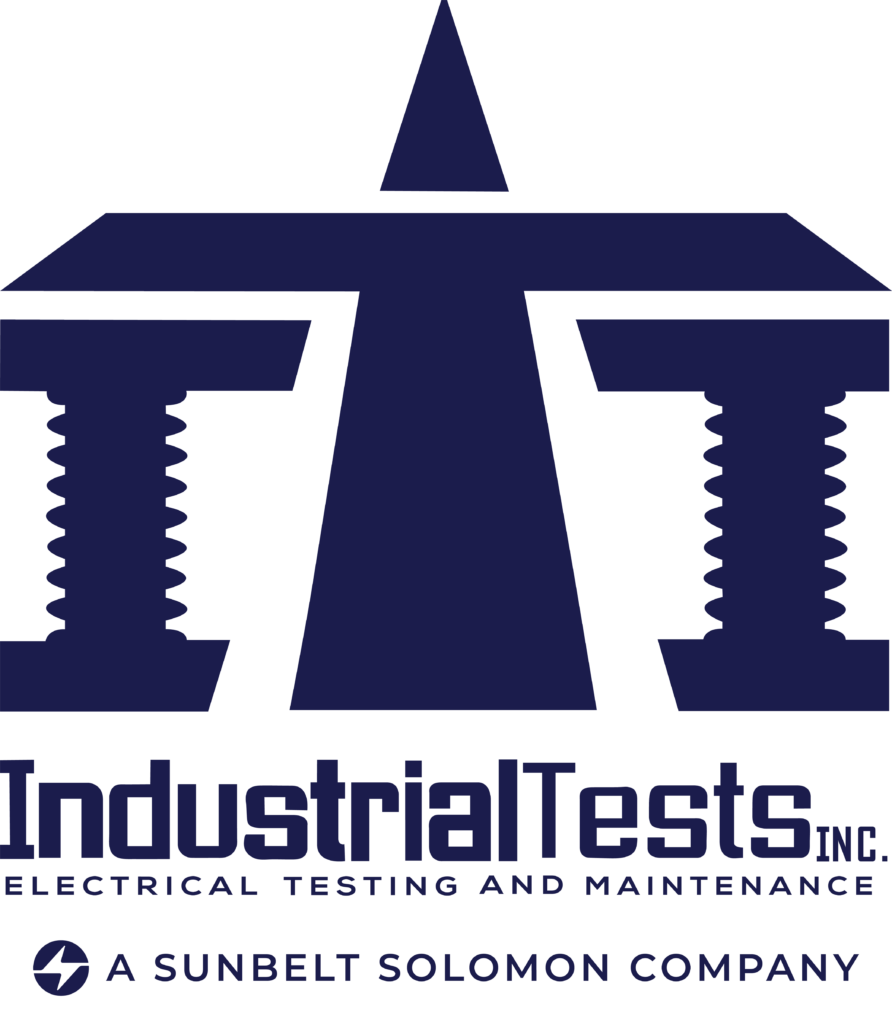
Industrial Tests, Inc. has joined Power Solutions Group, a NETA-accredited leader in electrical testing, maintenance, and engineering—and part of Sunbelt Solomon, one of the nation’s most trusted names in power solutions. While our name is now part of a larger organization, our commitment to quality, safety, and reliability remains unchanged.
For years, Industrial Tests, Inc. has been a trusted partner for electrical testing and maintenance services. As part of Power Solutions Group, we now have access to expanded resources, cutting-edge technology, and a nationwide team of experts—allowing us to serve you better than ever.
Need service? Our team is ready to assist. Contact us today to discuss your electrical testing and maintenance needs.
(916) 632-8378
Visit Power Solutions Group to learn more.
